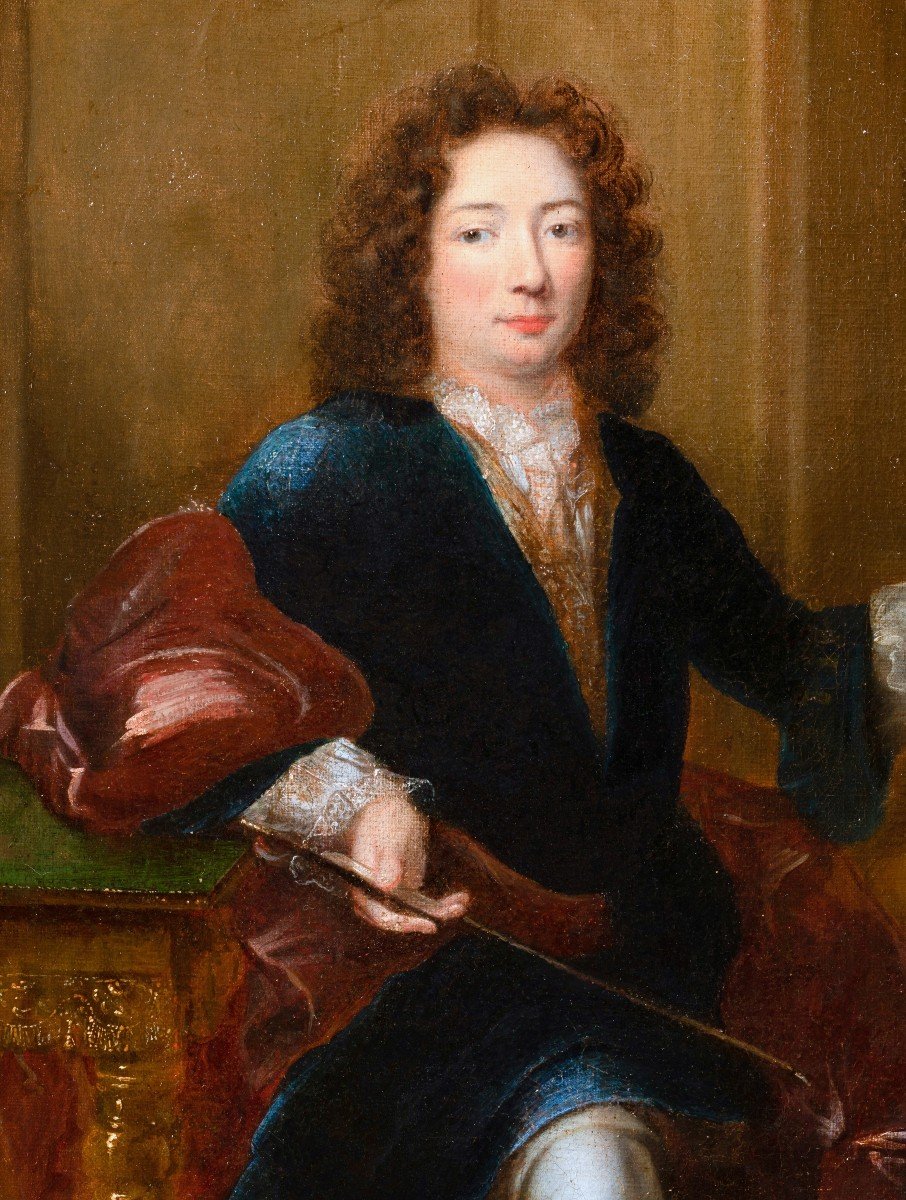"Double Portrait Of Philippe D’orléans & Françoise-marie De Bourbon"
Presumed double portrait of Philippe d'Orléans, regent of France, nephew of Louis XIV and his wife since 1692 Françoise Marie de Bourbon, the Second Mademoiselle de Blois, legitimized daughter of Louis XIV and the Marquise de Montespan.Late 17th century French school
Attributed to François de Troy (1645 Toulouse – Paris 1730)
Oil on canvas, dimensions: h. 63 cm, w. 70cm
A 17 th century Louis XIV giltwood frame with flowered corners (regilt)
Framed dimensions: h. 83 m, l. 90cm
In an elegant palace interior bathed in soft and warm light, the princely couple appears in a neat staging and an intimate atmosphere.
The youth of our two protagonists is perceptible through their fresh complexions, their full cheeks and the roundness that characterizes youthful faces.
The princess is seated in a rich armchair of gilded wood upholstered in scarlet red velvet. Portraiture in full length, her body turned three-quarters, she looks at the viewer. The arm chair with armrests with crosses and sloping backrest is typical of Louis XIV period seats.
Styled “a la Fontanges” with her hair up, a few locks fall over her right shoulder. Flowers stapled in the hair, she looks like a spring goddess.
Her face with a fair complexion and rosy cheeks is imbued with sweetness and tenderness. His mouth sketches a slight smile and his large eyes have a dreamy gaze.
Dressed in a blue satin dress with a shimmering white satin tunic over it with rolled up sleeves, held in place by a jeweled gold clasp.
An orange-hued silk coat lined with white satin, thrown over the back of the armchair, falls in crumpled folds. A pink silk scarf placed on the knees is filled with flowers.
She holds a bouquet of flowers in her right hand, while her left hand pinches a piece of cloth between her fingers. It looks like she just picked them in a park.
The prince is seated on a stool, in his left hand he holds his viola da gamba resting against him in the background, in his right hand he exposes his bow to the spectator, as if he had just finished playing.
He wears a blue velvet jerkin with flared sleeves over a jacket of rich silk fabric and a white shirt with visible jabot and cuffs. Wearing white silk stockings, her feet are shod in black shoes adorned with a red braid
A large garnet velvet coat falls behind his back: held by his left arm and covering his knees. His elbow is leaning on a games table adorned with a green carpet with a gilded wooden base.
The painter delights in giving life to fabrics with changing reflections and colors. The rich palette of blue, yellow, pink, red and purple delights the eye.
The intimate and warm character of this certainly theatrical staging is affirmed by frank facial expressions. Far from the splendor of the court, we are invited to share a moment of simplicity of the couple indulging in their passions and hobbies.
Philippe d'Orléans was passionate about music from an early age, certainly the proximity of the Opera which adjoined the Palais Royal (his home) played an important role. When we talk about his many talents, it is first of all his reputation as a musician and composer that comes to mind. He played guitar and harpsichord, and was an accomplished violist. He learned the viola da gamba with Antoine Forqueray. He also composed several operas with the help of renowned composers.
The prince was lucky enough to be able to count great masters of music in his entourage. The Palais-Royal was a breeding ground for brilliant musicians, of whom he was an attentive patron.
FRANCOIS OF TROY (1645-1730)
French portraitist, from a family of Toulouse artists, was trained in Paris in the studio of Claude Lefebvre who taught him the profession of portraitist. This explains the sure technique and the serious atmosphere of his works. De Troy is an heir to the French tradition: his art is imbued with realism and restraint. The sober layout (the subject is seen half-length, usually seated) and the dark background allow the focus to be on the face and hands. Very famous in his time, he abandoned history painting very early and became director of the Royal Academy of Painting and Sculpture. First employed by Madame de Montespan, he then produced several portraits of the royal family in the years 1680-1690. However, it was a few years later that he gave the full measure of his art, when he worked in the service of the Dukes of Maine and their brilliant court of Sceaux. He will also be the portraitist of the royal family of England, exiled in France to the castle of Saint-Germain-en-Laye from 1689. He will also be called upon several times by the Parisian aldermen for religious commissions. His son Jean-François (1679 - 1752) collaborated with him at the end of his career before taking up the torch and perpetuating the family glory.



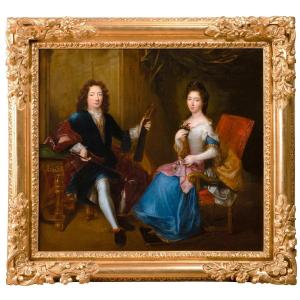
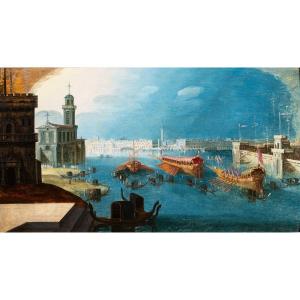

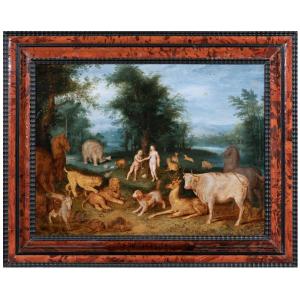

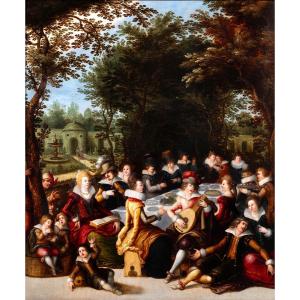

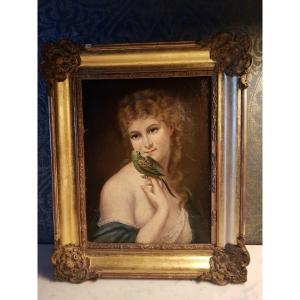

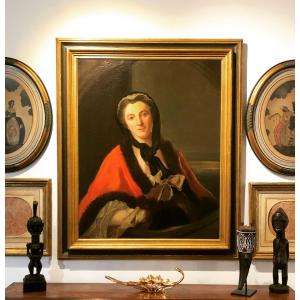
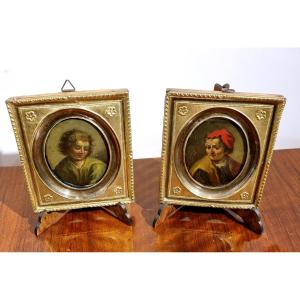






 Le Magazine
Le Magazine Rivista Artiquariato
Rivista Artiquariato TRÉSORS magazine
TRÉSORS magazine









